BIO-MPM 1 SFM
Serum-free medium for a wide variety of anchorage-dependent cells, 500 mL
SKU: 05-060-1A
- Description
- Specifications
- References
- Documentation
- Reviews (0)
Description
BIO-MPM 1 SFM
BIO-MPM™-1 Medium is a multi-purpose, serum-free medium for the culture of a broad range of anchorage-dependent cells. After the addition of 2mM glutamine, BIO-MPM-1 Medium is ready to use for adherent cells. There is no albumin in the formulation, which is a non-essential factor for cell growth, and has been shown to even prevent efficient adhesion in some cases. The protein content is therefore less than 30 mg/L, and the medium is devoid of growth factors or hormones other than insulin. The formulation doesn’t contain an attachment factor, which in some (but not all) cases must be added for successful use.
Additional information
| Quantity | 500 mL |
|---|---|
| Glutamine | No Glutamine |
| Storage Conditions | 2-8°C |
| Shipping Conditions | Cold Pack |
- Avraham-Davidi I, et al,. On-site education of VEGF-recruited monocytes improves their performance as angiogenic and arteriogenic accessory cells. The Journal of Experimental Medicine, Vol. 210 No. 12 2611-2625 (2013)
- Cerdeira A S, et al., Conversion of Peripheral Blood NK Cells to a Decidual NK-like Phenotype by a Cocktail of Defined FactorsThe Journal of Immunology, 190:3939-3948 (2013).
- Gorovits R, Avidan N, Avisar N, et al., Glutamine synthetase protects against neuronal degeneration in injured retinal tissue. Proc. Natl. Acad. Sci. USA, 94: 7024-7029 (1997)
- Monsonego E, Baumbach RW, Lavelin I, et al., Generation of growth hormone binding protein by avian growth plate chondrocytes is dependent on cell differentiation. Molecular and Cellular Endocrinology 135: 1-10 (1997
- Jacob Hanna, et al., Decidual NK cells regulate key developmental processes at the human fetal-maternal interface. Nature (Medicine) On line (2006)
- Grunwald Myriam, et al., VEGF-produced adult neovascularization. Recruitment, retention and role of accessory cells. Cell 124 (1) : 175-189 (2006).
- Ben-Yosef, et al., Hypoxia of endothelial cells leads to MMP-2-dependent survival and death. Am. J. Physiol. Cell Physiol. 289 (1) : 1321-1331 (2005).
- T Licht, L Tsirulnikov, H Reuveni, T Yarnitzky et al. Induction of proangiogenic signaling by a synthetic peptide derived from the second intracellular loop of S1P3 (EDG3). Blood 102 (6): 2099-2107 (2003)
- Niv Masha, et al., Sequence based design of kinase inhibitors applicable for therapeutics and target identification. J. Biol. Chem. 279 (2): 1242-1255 (2004).
- V Shneyvays, D Leshem, T Zinman et al., Role of adenosine A1 and A3 receptors in regulation of cardiomyocyte homeostasis after mitochondrial respiratory chain injury. Am. J. Physiology 288: H2792-H2801 (2005).
- M Esteve, M Rosinach, F Fernandez-Banares, et al., Spectrum of gluten sensitive enteropathy in first degree relatives of coeliac patients: clinical significance of lymphocytic enteritis. Gut 55 (12): 1739-1745 (2006)
- Rabinowitz, C., Rinkevich, B., 2003. .Methods Cell. Sci. 25, 137–148
- Y Pan, E Gembom, W Peng, KP Lesch, et al.,Plasticity in serotonin uptake in primary neuronal cultures of serotonin transporter knockout mice. Developmental Brain Research 126 (1): 125-129 (2001).
- A Brill, H Elinav and D Varon. Differential role of platelet granular mediators in angiogenesis. Cardio vascular Research 63 (2): 226-235 (2004).
- NM Kogan, C Blázquez, L Álvarez, R Gallily, et al., A Cannabinoid Quinone Inhibits Angiogenesis by Targeting Vascular Endothelial Cells. Molecular Pharmacology 70 (1): 51-59 (2006).
- R Levi, T Beeor-Tzahar et al., Microculture virus titration — a simple colourimetric assay for influenza virus titration. Journal of Virological Methods 52 (1-2): 55-64 (1995).
- Nina Mayorek, Nili Naftali-Shani, Myriam Grunewald. Diclofenac Inhibits Tumor Growth in a Murine Model of Pancreatic Cancer by Modulation of VEGF Levels and Arginase Activity. PLoS On line (2010).
- O Turowska, A Nauman, M Pietrzak, P Poplawski, et al., Overexpression of E2F1 in Clear Cell Renal Cell Carcinoma: A Potential Impact of Erroneous Regulation by Thyroid Hormone Nuclear Receptors. Thyroid vol. 17(11): 1039-1048 (2007).
- Maciej Pietrzak and Monika Puzianowska-Kuznicka. Triiodothyronine utilizes phosphatidylinositol 3-kinase pathway to activate anti-apoptotic myeloid cell leukemia-1. Journal of Molecular Endocrinology 41: 177-186 (2008).
- E Zcharia, J Jia, X Zhang, L Baraz, U Lindahl et al., Newly Generated Heparanase Knock-Out Mice Unravel Co-Regulation of Heparanase and Matrix Metalloproteinases. PLoS On line (2009).
Materials Safety Data Sheet
Manuals and Protocols
Be the first to review “BIO-MPM 1 SFM”
You must be logged in to post a review.



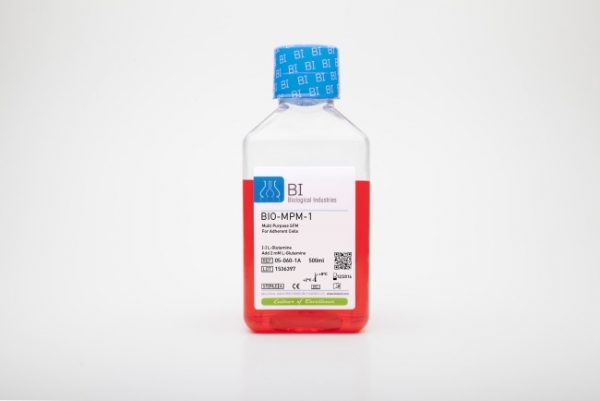
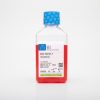
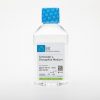
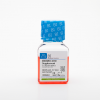
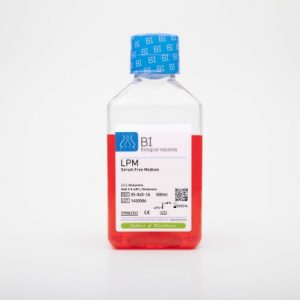
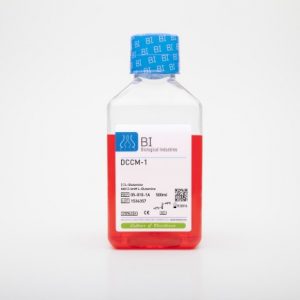
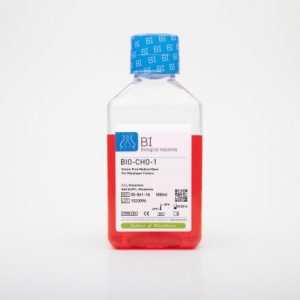
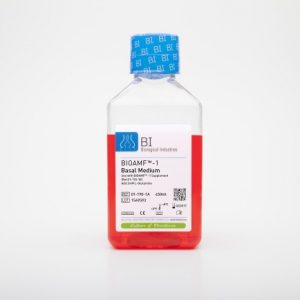
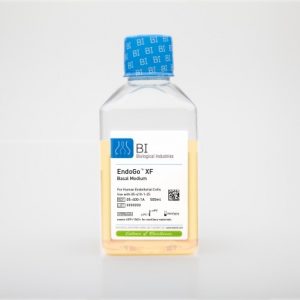
Reviews
There are no reviews yet.